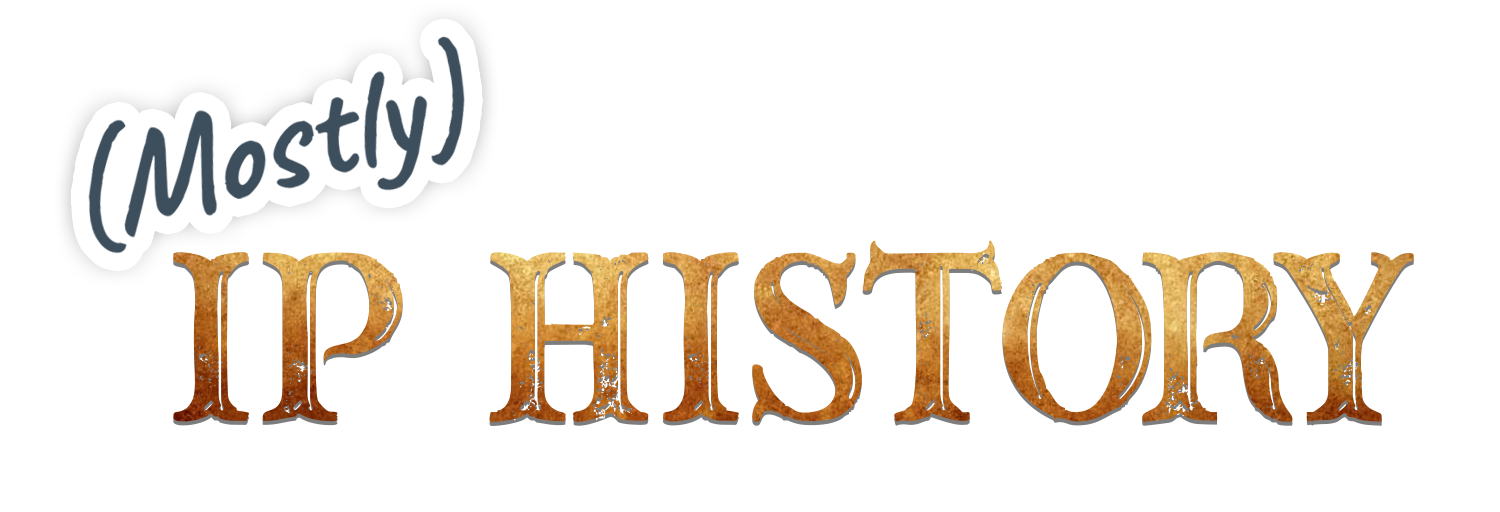Tattoos and Fair Use – The Alexander v. Take-Two Case
While Southern Illinois – and its concomitant U.S. District Court – isn’t necessarily a hotbed of copyright litigation, that changed last week. In 2018, Catherine Alexander sued a number of video game companies as well as World Wrestling Entertainment (WWE) for copyright infringement in the Southern District of Illinois (docket here). Years earlier, she had done extensive tattoos on the wrestler Randy Orton, who subsequently found great success in the WWE. He was included in numerous iterations of the “WWE 2K” videogame line, with his tattoos faithfully replicated.
In September of 2020, the court denied summary judgment, holding triable issues of fact regarding whether the use was fair and whether an implied license existed. The trial was held at the end of September, and at the end of the week the jury returned a verdict for Alexander – but the victory was short lived as damages of only $3,750 were awarded. In the end the case left no-one satisfied – the game publisher and WWE still have difficult clearance issues, and the recovery surely was not what Alexander was hoping for. Experts have also criticized the jury instructions for the failure to include a question of implied license even though both sides asked for it – and indeed that was the main question the jury should have been answering.
SIU Law 2L Taylor Ingram was there for the second day of the trial (Tuesday, September 27, 2022), and recorded some impressions of the case, which I’ve shared below. I think they shed some light on the case and the real people involved – her observations and thoughts follow below:
Big-city lawyers against . . . medium-sized-city lawyers? Not the stereotypical standoff but a standoff all the same. A standoff in which the underdog won.
Defense counsel probably thought this case would be a slam dunk. Take-Two was also sued in the United States District Court for the Southern District of New York for copyright infringement in a very similar case in 2020. Solid Oak Sketches, LLC v. 2K Games, Inc., 449 F.Supp.3d 333 (2020). In fact, the same defenses asserted in the Alexander case were used in the Solid Oaks case. Id. However, the court granted the Defendants’ Motion for Summary Judgment in Solid Oaks stating, “no reasonable trier of fact could find the Tattoos as they appear in NBA 2K to be substantially similar.” Id. at 345.
Sitting on the most uncomfortable bench in the world in East St. Louis, I watched the Plaintiff put on their witnesses. Plaintiff’s counsel, at most times, seemed calm, cool, and collected. All at the table were looking through documents or taking notes. The same could be said of the Defense counsels’ table, most at the table were doing similar tasks. However, the lead counsel for the Defense could often be seen staring down either Plaintiff’s counsel or the jury (from my standpoint it was hard to tell) during multiple evidence depositions.
Moving slow with the help of a cane, due to a past spinal fusion and vehicle accident, Catherine Alexander took the stand mid-way through the afternoon session. She painted a picture of big corporate America taking advantage of the small business, complete with rude condescending interactions and a grossly offensive licensing offer (allegedly, $450 for ownership of her copyrighted tattoos). Upon cross examination, Alexander held up under a barrage of questioning meant to impeach her. The Defense attorney leading the charge of this questioning seemed to try to come off as kind and understanding but merely came off condescending. A certain line of questioning by this attorney certainly grated on my nerves and I wouldn’t be surprised if it did the same to the jury. After multiple questions meant to impeach Alexander by getting her to admit that she knew of her copyrighted tattoos being used more than five years before Defense council took her deposition, Judge Yandle reprimanded the attorney. Judge Yandle asserted that if defense was going to impeach a witness it needed to be done correctly. At least two sidebars occurred during this line of questioning. Once immediately after the reprimand, and again, when the attorney attempted the same line of questioning.
Plaintiff demonstrated a certain aspect of at least one version of the video games at issue that allowed players to customize their player models. This customization portion allowed players to choose different body art to apply to their player models. Important to this case was the depiction of Alexander’s copyrighted tattoos as individual options to apply to the player models. The Plaintiff published for the Court the screen in which this customization was accomplished and walked through the different pertinent tattoo options available to players, of which included Alexander’s copyrighted tattoos.
This is, in my opinion, the biggest difference between Solid Oaks and this case. The court in Solid Oaks found that the players’ tattoos depicted in the games were only identifiable when players selected their player models, otherwise the “Tattoos [were not] discernible to the viewer.” Id. at 342. In this case, there are at least two times where the Tattoos are identifiable in detail: (1) during the customization process, and (2) during the walk-out clip of the player model. During my time in the courtroom, the Plaintiff did not suggest any of the other areas in the game where the tattoos may be discernible.





